Suborder Passeri Lifespan European robin: 13 months Higher classification Passerine | Order Passeriformes Scientific name Muscicapidae Phylum Chordata | |
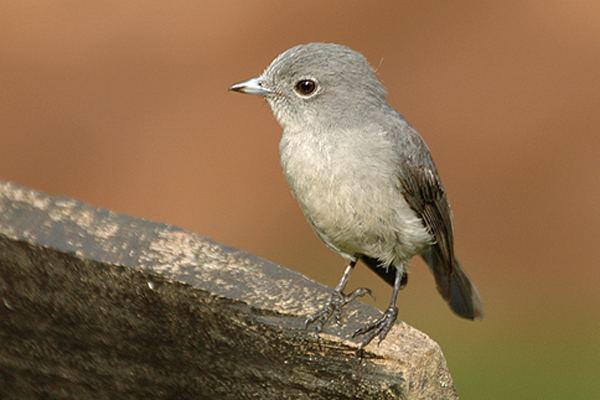 | ||
Family MuscicapidaeFleming J., 1822 Mass European robin: 16 – 22 g, Common nightingale: 20 g, White-rumped shama: 29 g Length European robin: 12 – 14 cm, Common nightingale: 15 – 16 cm Lower classifications European robin, European pied flycatcher, Ficedula, Spotted flycatcher, Wheatear | ||
Rufous bush robin cercotrichas galactotes
The Old World flycatchers are a large family, the Muscicapidae, of small passerine birds mostly restricted to the Old World (Europe, Africa and Asia). These are mainly small arboreal insectivores, many of which, as the name implies, take their prey on the wing. The family includes 322 species and is divided into 50 genera.
Contents
- Rufous bush robin cercotrichas galactotes
- Tickell s blue flycatcher bird video
- Taxonomy
- Description
- Genera
- List of genera
- References
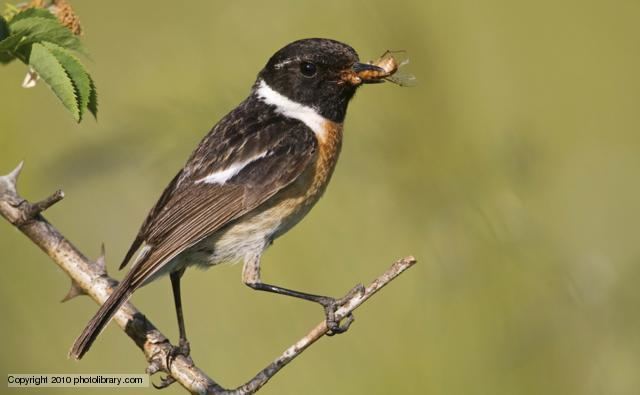
Tickell s blue flycatcher bird video
Taxonomy
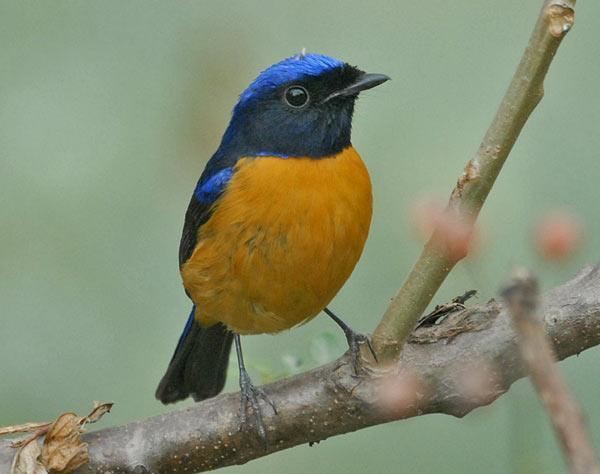
The name Muscicapa for the family was introduced by the Scottish naturalist John Fleming in 1822. The word had earlier been used for the genus Muscicapa by the French zoologist Mathurin Jacques Brisson in 1760. Muscicapa comes from the Latin musca meaning a fly and capere to catch.
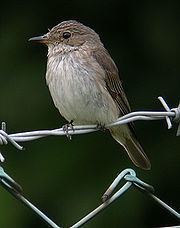
In 1910 the German ornithologist Ernst Hartert found it impossible to define boundaries between the three families Muscicapidae, Sylviidae (Old World warblers) and Turdidae (thrushes). He therefore treated them as subfamilies of an extended flycatcher family that also included Timaliidae (Old World babblers) and Monarchidae (Monarch flycatchers). Forty years later a similar arrangement was adopted by the American ornithologists Ernst Mayr and Dean Amadon in an article published in 1951. Their large Muscicapidae family which they termed the "Primitive insect eaters" contained 1460 species divided into eight subfamilies. The use of the extended group was endorsed by a committee set up following the Eleventh International Ornithological Congress held in Basel in 1954. Subsequent DNA–DNA hybridization studies by Charles Sibley and others showed that the subfamilies were not closely related to one another. As a result, the large group was broken up into a number of separate families, although for a while most authorities continued to retain the thrushes in Muscicapidae. In 1998 the American Ornithologists' Union chose to treat the thrushes as a separate family in the seventh edition of their Check-list of North American birds and subsequently most authors have followed their example.
Description
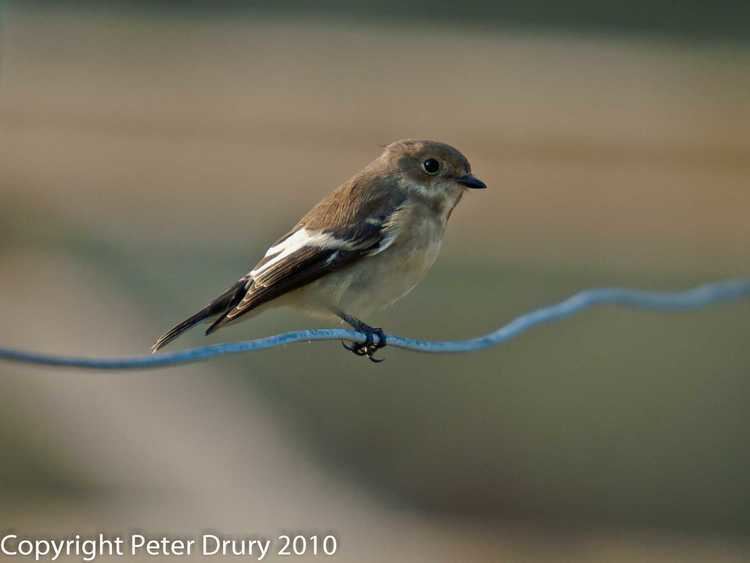
The appearance of these birds is very varied, but they mostly have weak songs and harsh calls. They are small to medium birds, ranging from 9 to 22 cm in length. Many species are dull brown in colour, but the plumage of some can be much brighter, especially in the males. Most have broad, flattened bills suited to catching insects in flight, although the few ground-foraging species typically have finer bills.
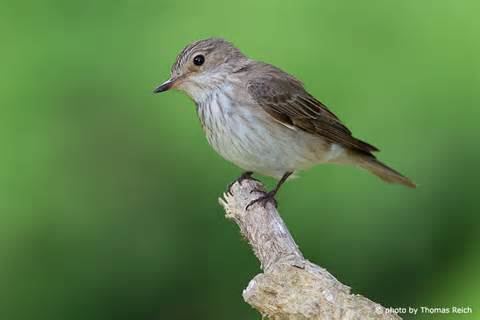
Old World flycatchers live in almost every environment with a suitable supply of trees, from dense forest to open scrub, and even the montane woodland of the Himalayas. The more northerly species migrate south in winter, ensuring a continuous diet of insects.
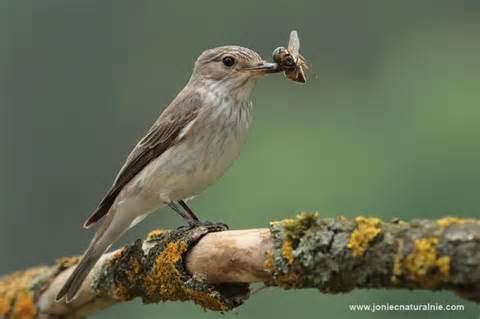
Depending on the species, their nests are either well-constructed cups placed in a tree or cliff ledge, or simply lining in a pre-existing tree hole. The hole-nesting species tend to lay larger clutches, with an average of eight eggs, rather than just two to five.
Genera
The family formerly included fewer species. At the time of the publication of the third edition of Howard and Moore Complete Checklist of the Birds of the World in 2003, the genera Myophonus, Alethe, Brachypteryx and Monticola were included in Turdidae. Subsequent molecular phylogenetic studies have shown that the species in these four genera are more closely related to species in Muscicapidae. As a consequence, these four genera are now placed here. In contrast, the genus Cochoa which was previously placed in Muscicapidae has been shown to belong in Turdidae.
Two large molecular phylogenetic studies of species within Muscicapidae published in 2010 showed that the genera Fraseria, Melaenornis and Muscicapa were non-monophyletic. The authors were unable to propose revised genera as not all the species were sampled and not all the nodes in their phylogenies were strongly supported. A subsequent study published in 2016, that included 37 of the 42 Muscicapini species, confirmed that the genera were non-monophyletic and proposed a reorganised arrangement of the species with several new or resurrected genera.
List of genera
Muscicapid genera as listed by the International Ornithologists' Union with subdivisions proposed by George Sangster and colleagues in 2010:
Family Muscicapidae
